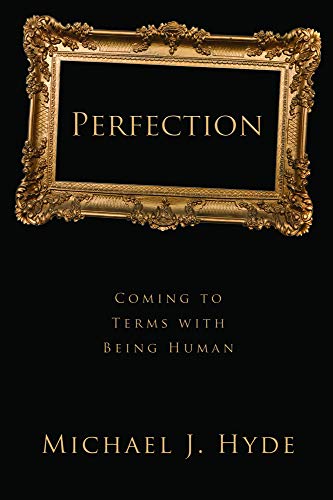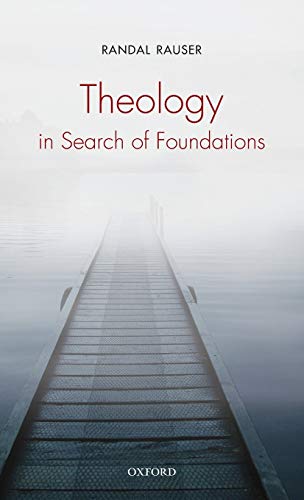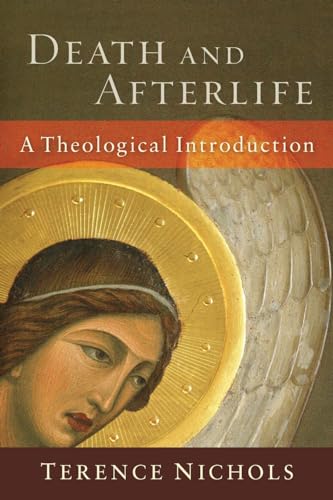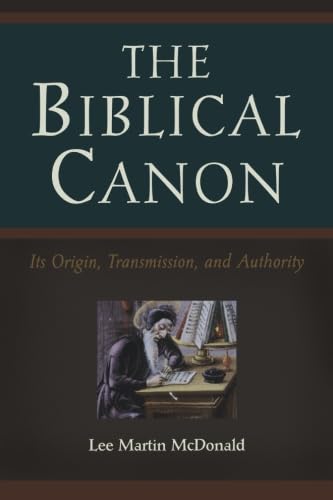The Meaning of the Pentateuch: Revelation, Composition and Interpretation
Written by John H. Sailhamer Reviewed By Igal GermanJohn Sailhamer is an evangelical Old Testament Professor at Golden Gate Baptist Theological Seminary in Brea, CA. He was president of the Evangelical Theological Society in 2000, and he authored over a dozen books on biblical theology and the Pentateuch. The current work, The Meaning of The Pentateuch, covers the gamut of biblical studies. Not only does it deal with the meaning of the Pentateuch; it also interacts with hermeneutics, biblical theology, OT theology, and covenant theology and dispensationalism.
The book is evidently written from an evangelical, conservative perspective, and it addresses the issues surrounding the revelation, composition, and interpretation of the Pentateuch. Sailhamer is convinced that the Pentateuch was composed in its present state to present theological truth. He shows how various biblical themes are arranged, organized, and presented throughout the whole of the Pentateuch. Thus, Sailhamer assumes that a single divine mind stands behind the five books of Moses. His purpose is to study the theology of the Pentateuch through exploring its authorship, its author’s intent and audience, its literary composition as a whole, its theology and revelation of God, and how we may understand and apply its meaning as Christians living today. It seems that the author completely achieves his goal of writing and provides clear understanding to the reader.
The book is divided into three main parts. Part 1 focuses on approaching the biblical text as divine revelation (pp. 58–218). It seeks to understand the nature and goal of OT theology and to find the author’s verbal meaning. Furthermore, it considers the question of the “historical meaning” of Scripture and tackles the question of the core idea in the final composition of the text. Part 2 aims to rediscover the composition of the Pentateuch by revealing the textual strategies within the Tanak, its process of composition and the legal material contained in the canonical corpus under examination (pp. 221–415). Part 3 discusses the issues surrounding the exegetical process of interpreting the theology of the Pentateuch (pp. 419–601). In this section Sailhamer analyzes the nature of covenant and blessing; the place of the “Biblical Jesus” of the Pentateuch; the purpose of the Mosaic Law; and the development of the doctrine of salvation in the Pentateuch.
Sailhamer proposes a new understanding of the Pentateuch. He argues for a two-stage composition of the Torah, with Moses the author of the vast part and an unnamed prophet/author at the end of the OT period who brings the Pentateuch into the realities of the time that had elapsed since Moses. Sailhamer argues that the threefold division of the Hebrew Bible into the Law, the Prophets, and the Writings was theologically intentional rather than simply reflecting a historic development. This assumption is based upon the biblical references to meditating on the Torah day and night in Josh 1:8 and Ps 1:2 as appropriate locations in the seams between the first and second and between the second and third divisions of the Tanak. Furthermore, all three sections end on a messianic note with the hope of a prophet unfulfilled in Deut 34:10, the eschatological promise of the forerunner Elijah in Mal 4:5 and the lack of a final fulfillment of Cyrus’ decree in 2 Chr 36:23 (readers should remember that the Hebrew Bible ends with the Book of Chronicles).
The author explores hermeneutical issues of text and history, and investigates textual clues of authorial intent. He offers some very persuasive evidence that later biblical authors engaged in serious reflection on the Pentateuch in their prophetic books and Psalms. He focuses on the “final form” of the Pentateuch as a literary work. He also stresses the priority of a textually based canonical reading of the Pentateuch over a historically based reading. Sailhamer is not attempting to cast doubt on the historicity of the underlying events in the text. He is rather calling for more attention to how the biblical author conveys that epochal event in the history of salvation because that is what later authors are concerned about. We should not be as concerned with the history behind the text as with how the author conveys those events through his text. Though Sailhamer utilizes contemporary critical methods in interpreting the Pentateuch, he often identifies with pre-critical commentators in unfolding the theological message of the biblical text.
Arguably the most thoughtful and dynamic interpreter of the Pentateuch today, John H. Sailhamer has produced a monumental theological exposition of the Torah that will take its place alongside his classic The Pentateuch as Narrative. As such this book is a crucial resource for pastors, students, and scholars who desire to look closely at the Pentateuch theologically in a way that speaks to us today. By all means The Meaning of the Pentateuch is destined to be a classic contribution in biblical studies. I would highly recommend this work for personal study and practical implementation in teaching.
Igal German
Igal German
Wycliffe College, University of Toronto
Toronto, Ontario, Canada
Other Articles in this Issue
Most of our readers are theological students and pastors...
The Dazzling Darkness of God’s Triune Love: Introducing Evangelicals to the Theology of Hans Urs von Balthasar
by Stephen M. GarrettJürgen Moltmann observes that Christian theology and the Church face “a double crisis: the crisis of relevance and the crisis of identity...
Plots, Themes, and Responsibilities: The Search for a Center of Biblical Theology Reexamined
by Daniel J. BrendselIn the prolegomena to his “approach to biblical theology,” Charles H...
Since the mid-twentieth century biblical scholars have increasingly accepted that the texts of the Bible must be interpreted in terms of their literary genres...
The present age tends to regard polemics, theological controversies, and all-round doctrinal fisticuffs as, at best, a necessary evil, at worst, one of the most revolting aspects of Christianity...







